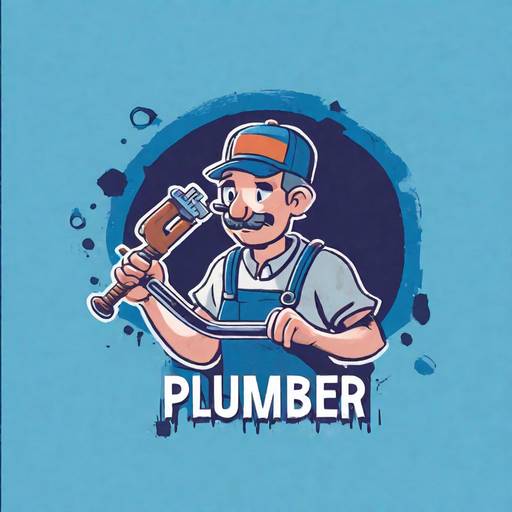Introduction Safe Drain Cleaning: Alternatives to Bleach
A right drain cleaning ensures that there is no clogging and the plumbing system remains healthy.
While it might seem like a simple quick fix to simply pour bleach down the drain, there are some underlying dangers in doing this.
In this article, we are going to analyze alternative options of replacement for the bleach and provide a clear guide how one can clean drainages safely.
This bleach going down the drain is both bad for your plumbing and pollution.
Here are some key risks to consider:
1.Damage to pipes and plumbing system: Bleach is an acidic material that takes a toll on and corrodes pipes gradually.
This can lead to leakages, pipe bursts and costly replacements.
2.Harmful effects on the environment: Bleach is a chemical that could contaminate the water and harm fish species.
In addition, we should also pay attention to what signifies our activities regarding the environment around us.
3.Health risks for humans and pets: Bleach contains respiratory and skin irritants.
Ingestion and contact make bleach lethal for not only humans but also pets.
Safe Alternatives to Bleach
Luckily, bleach is not the only option suitable for drains. Here are a few options:
1.Vinegar and Baking Soda: To form a homemade cleaning agent, you will need to combine the equal amount of vinegar and baking soda.
Pour this solution into the toilet and wait about half an hour.
Then fill the drain with hot water.
2.Hot Water and Dish Soap: Put boiling water into a kettle and add some amount of dishwashing soap.
This will ensure that the solution runs down into the drain and continues to stay in it for some time.
Secondly, use hot water for rinsing off any remaining leftovers.
3.Enzyme-Based Drain Cleaners: Environmental friendly enzymatic drain cleaners can easily digest organic materials that cause clogging.
The product usage instructions should be followed for maximum efficiency.
Safety Manual for Drain Cleaning
Follow these steps to safely clean your drain using the alternative methods mentioned above:
1.Remove any visible debris: Pliers or gloves can be used to remove hair, food crumbs and any other debris which may have accumulated on the drain.
2.Pour the chosen alternative down the drain: In accordance with the selected method, you are supposed to let into in pipe either vinegar and baking soda mixture; hot water and soap solution or enzyme-based drain cleaner.
3.Wait for the solution to work: As directed on their product, allow the cleaning solution sit in your drain for about 30 minutes.
4.Flush the drain with hot water: After the wait is over, compensate by pouring hot flush water down the drain so as to rinse off any residue and debris that loosened.
5.Repeat if necessary: If the plug is persistent, you may need to repeat this process or hire an expert if it does not go away.
Conclusion
The safety dimension is a priority in drain cleaning since the hazard that bleach poses needs to be addressed.
If you use safer alternatives such as vinegar and baking soda, hot water with dish soap or drain cleaners based on enzymes cleaning the drains will not mix harm to your plumbing system nor nature. It is important to observe that cleaner, greener drain cleaning solutions benefit all. To allow us to concentrate on safe practices for a healthy home and earth.


